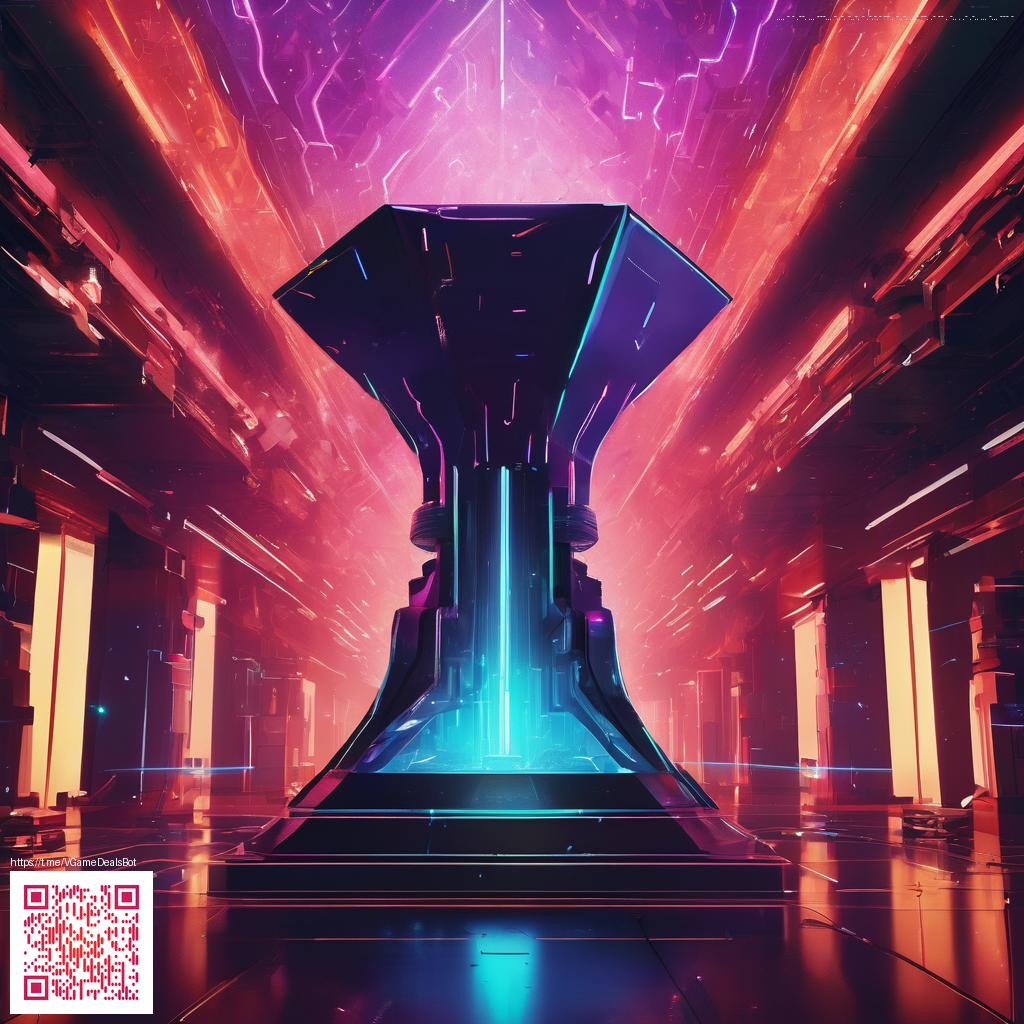
How to Use Sandstone Underwater in Minecraft
Sandstone brings a warm desert glow to underwater scenes that you might not expect. Its soft tones contrast beautifully with blue and teal ocean blocks, making sunken temples and submerged ruins feel inviting rather than claustrophobic. This guide looks at practical ways to place sandstone underwater, unlock clever building tricks and explore the creative potential of this block in submerged environments 🧱💎
Sandstone at a glance
Sandstone is a sturdy block with a modest hardness and reliable drops that makes it a great underwater building material. It is not transparent which helps create solid walls and pathways on the ocean floor. The block exists in several variants which you can layer for texture and depth. Use sandstone for bold geometry or pair it with lighter trims to evoke ancient man made sites. The color sits nicely against coral and kelp for dramatic underwater themes.
- Hardness 0.8 which means it breaks moderately fast with the right tool 🧰
- Drops sandstone blocks when mined
- Variants include sandstone smooth sandstone and chiseled sandstone plus cut sandstone
- Easily harvestable with standard pickaxes
- Non transparent and does not emit light
Underwater placement basics
Building underwater starts with managing water. You can place sandstone blocks under water, but clear pockets or breathing space helps a lot. Sponges are the classic tool to drain water from a compact area allowing clean walls and careful detailing. In gaps you can also create air pockets by placing blocks that will trap air inside and then work in the open again once water is displaced.
Another reliable approach is to craft a shallow dry area first or use a glass domed room that stays dry while you add sandstone and other materials around it. Conduits are a valuable support tool in water heavy builds because they provide breathing boosts and night vision within their influence. Layering sandstone with glass panes and sea lanterns also keeps visibility high while maintaining a grounded ocean temple aesthetic.
One practical note is that sand stone fits well with other underwater textures like prismarine and mussel themed blocks. It gives you a stable base that you can decorate with coral accents without the space feeling overly bright or chaotic. Remember that water physics can slow you down so plan your moves and place blocks with deliberate steps.
Building with sandstone underwater
Start with a solid foundation on the sea bed. A rectangular base in sandstone can become the core of a sunken ruin. Use smooth sandstone for rounded corners that imitate worn stone and contrast with chiseled sandstone features to simulate carved motifs. Cut sandstone can be used for decorative panels that mimic old inscriptions. Don’t shy away from alternating textures to highlight doorways, window arches and staircases.
- Create vertical columns using sandstone blocks to suggest structural supports
- Use sandstone slabs to form gentle arches over doorways or windows
- Mix in smooth sandstone for weathered corners and subtle curvature
- Position glass or water transparent blocks to frame views of sea life
- Incorporate lighting with sea lanterns or glowstone for underwater visibility
If you want a believable sunken temple vibe, add layered terraces at different elevations. Place stairs facing outward as if the ruin collapsed in a flood and let kelp sway along the walls. This kind of arrangement invites players to explore and discover hidden niches where you might place chiseled sandstone carvings as treasure marks 🪸
Technical tricks to enhance underwater sandstone builds
Efficiency matters when you work underwater. Enchantments such as Efficiency help you mine blocks faster and Aqua Affinity improves mining speed while submerged when you wear the right helmet. Keeping a supply of scaffolding can also speed up placement in deep water while you reach higher sections. Consider building near an air pocket or breathable area so you can step back and view the overall silhouette with fresh eyes.
Tip from builders on deserts and seas Underwater projects gain a strong sense of scale when you use repeating sandstone modules with varied heights and alternating textures. Small changes in texture create big visual shifts that read well from a distance
Color balance matters too. Sandstone pairs beautifully with prismarine blocks to evoke ancient underwater cities. Use coral and sea grass to soften edges and to make your build feel alive rather than static. If you want a bright highlight, add a few glowstone blocks hidden behind sandstone accents to keep light contained and mood right for night dives.
Modding culture and community creativity
In the wider Minecraft community sandstone projects underwater are a magnet for creative packs and mod inspired builds. Builders experiment with texture packs that alter sandstone coloration or add ornamental variants that age with time. Community maps often feature underwater ruins where sandstone is the primary material echoing the theme of lost civilization. The dialogue between vanilla mechanics and mod driven enhancements keeps underwater builds fresh and dynamic 🧭
As you share your underwater sandstone projects you will find collaborative cohorts forming around the same thematic ideas. Contributors swap tips about best tool setups or efficient water clearing techniques. The result is a vibrant open culture that invites every player to contribute their own sunken temple or deep sea fortress.
Whether you are wiring in redstone to create hidden doors or crafting decorative mosaics on the sea floor sandstone is a canvas that rewards patient planning and bold textures. The ocean becomes a partner in your build and you will begin to see new opportunities for storytelling beneath the waves
Ready to support the open Minecraft community and keep our underwater imaginations flowing
Support Our Minecraft Projects